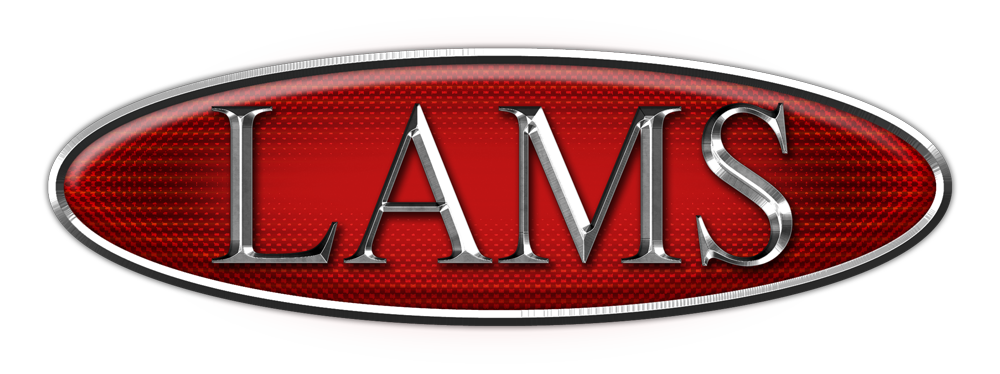Volume IV
By T.P. Schweider, MSGT. USMC, retired.
Refueling
A few Meetings ago, one of the Raffle Prizes was a Royal Models 1/35th scale WWII Tanker, pouring fuel out of a 5-Gal. Can. Thinking about the figure after the meeting (did not win it) It occurred to me what it was that I’d found a little disturbing about the pose-a real Tanker would be using a flexible Metal spout attached to the 5-Gal. Can! During WWII and to the present day, 2 of these spouts are part of every Tank’s basic maintenance equipment. (These spouts have a colorful nickname, but it is not printable on a Family Website.) And contrary to most opinion, the 5-Gal. Can. Most usually contains oil, not Gas or Diesel. Normally a Tank will carry 2 cans of different weight oils; one weight for the engine, and one for the Transmission. Oil weight is determined by Location, Climate and Season. Thus there are two spouts for the 2 different weights


Further recollection brings to mind many scenes of Armor in dramatic situations, but very, very few of the Tank crews doing mundane, but very necessary maintenance. Like ain’t never seen a diorama of a crew doing a Hot Check. When a Tank Unit of whatever size is traveling, after an hour on the road, The Unit Commander will call a halt, and, with engines running, all crews do a “Hot” Check. The T.C. & Gunner check the oil levels in the engine and transmission (with the help of 4 foot Long dip sticks.)
While the loader dismounts and inspects the Track for loose end connectors. If loose ones are found, they are tightened; if oil levels are down, they are brought to the proper level, and if nature calls, it is quickly answered. After 10 minutes, the C.O. will check to determine if everyone is ready, and if so, the unit moves out. This procedure is repeated hourly until the destination is reached and then a Cold Check is done.
Fashion Note: Real tanker will have a pocket stuffed full of rags- you certainly don’t want to wipe the dipstick on your trousers, And real Tankers carry a good pair of work gloves-You don’t want to tear your hands up opening and closing engine grates. Finally every crewman will have a set of goggles.

That’s it for this installment. Future ramblings will cover rear wing, refueling, use of tarps, Life in a Tank, What makes a good Tanker, Customs, etc.
If any of you have any questions about Tanks or Tanking, Ask! Hopefully I’ll be able to answer your Inquiries.
Later,
T.P.
